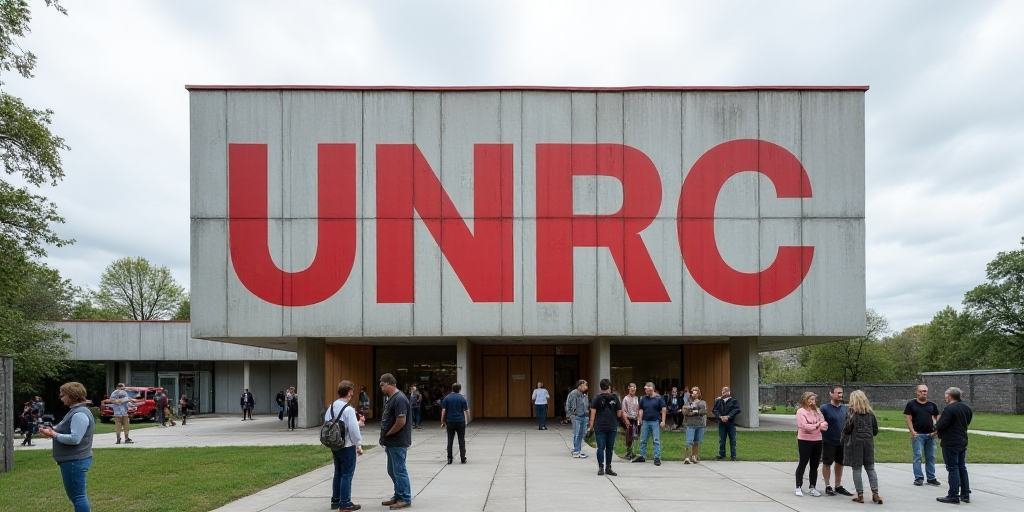Background and Relevance of the University Rosario Castellanos
The University National Rosario Castellanos (UNRC) in Tijuana, Baja California, recently opened its doors to students, marking a significant milestone in expanding educational opportunities in the city’s East Zone. The new institution, supported by Mexico’s President Claudia Sheinbaum Pardo and Baja California Governor Marina del Pilar Ávila Olmeda, aims to provide free higher education closer to residents’ homes.
Key Figures and Their Roles
- Ismael Burgueño Ruiz: The Mayor of Tijuana, who celebrated the university’s inauguration and announced municipal works in the East Zone, including a pedestrian bridge, streetlights, signage, and security measures for students.
- Marina del Pilar Ávila Olmeda: The Governor of Baja California, who donated three hectares of land for the university’s establishment.
- Claudia Sheinbaum Pardo: The President of Mexico, who impelled the creation of this institution in Baja California.
University’s Impact and Initiatives
The UNRC commenced operations with a student body of 1,874, enrolled in 11 bachelor’s programs, with two-thirds being female students. This reflects the university’s commitment to gender equality.
Mayor Burgueño emphasized that the municipality will enhance the area’s infrastructure by constructing a pedestrian bridge, installing streetlights, signage, and security measures to ensure a dignified and functional environment for the university community.
Addressing Educational Challenges
Rosaura Ruiz Gutiérrez, the Secretary of Sciences, Humanities, Technology, and Innovation, highlighted that UNRC not only broadens access to higher education but also addresses significant 21st-century challenges, such as training professionals for strategic sectors like technological innovation and semiconductors, where Baja California plays a crucial role.
Historical Significance and Social Justice
Alma Herrera Márquez, the university’s rector, pointed out that UNRC addresses a historical debt in social justice, as no new public universities had been opened in Mexico for two decades.
She emphasized that this educational model fosters inclusion and equal opportunities, solidifying Tijuana’s position as a city where higher education is accessible to everyone.
Key Questions and Answers
- Who is behind the University Rosario Castellanos? The university was established with support from Mexico’s President Claudia Sheinbaum Pardo and Baja California Governor Marina del Pilar Ávila Olmeda.
- What is the significance of this new university? The UNRC aims to expand educational opportunities and address social justice issues by providing free higher education in Tijuana’s East Zone.
- What initiatives will the municipality undertake to support the university? The city will construct a pedestrian bridge, install streetlights, signage, and enhance security measures in the university area.
- How does UNRC address 21st-century challenges? The university focuses on training professionals for strategic sectors like technological innovation and semiconductors, crucial for Baja California’s development.
- What is the university’s role in social justice? UNRC seeks to address a historical debt in social justice by offering equal educational opportunities to all, regardless of gender or socioeconomic background.






